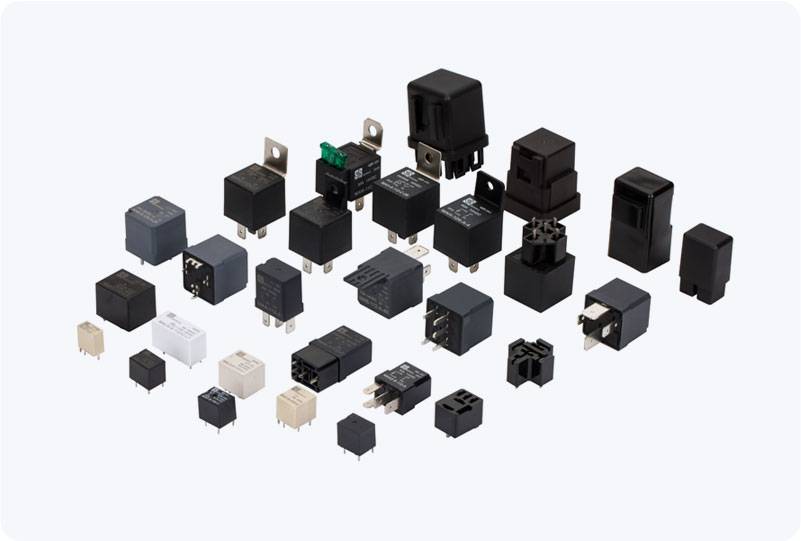ev main contactor relay: the heart of electric vehicle power management
Release time:2025-07-23 10:19:01
The rise of electric vehicles (EVs) has ushered in a new era of transportation that promises cleaner, more sustainable energy solutions. At the core of an EV's electrical system lies a crucial component known as the EV Main Contactor Relay. This small but powerful device is responsible for managing the connection and disconnection of high voltage currents between the vehicle’s battery and its motor, ensuring both the safety and efficiency of the electric powertrain. In this article, we will explore the functions, working principles, and importance of the EV Main Contactor Relay in modern electric vehicles.

What is the EV Main Contactor Relay?
The EV Main Contactor Relay is an electromechanical switch that controls the flow of electricity between the high-voltage battery and other critical components of an EV, such as the electric motor and the inverter. When the relay closes, it allows the electrical current to flow from the battery to the motor, enabling the vehicle to operate. Conversely, when the relay opens, it disconnects the battery, cutting off the electrical flow and ensuring that no current is drawn when the vehicle is off or in an idle state.
The main function of the contactor relay is to manage the flow of electricity in a safe and controlled manner, providing both convenience and protection for the vehicle's electrical system. This is especially important in an environment where high voltage currents can pose serious risks to both the vehicle and its occupants.

